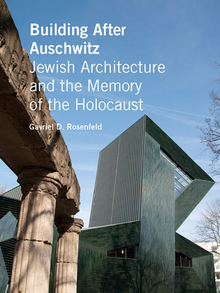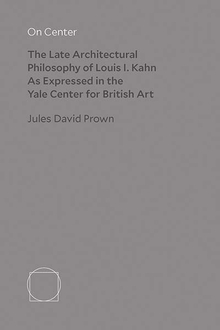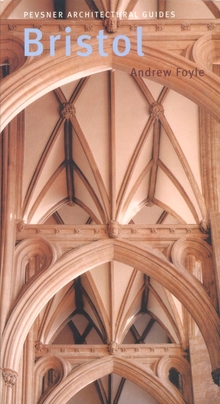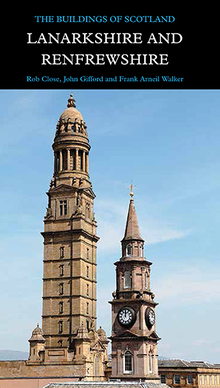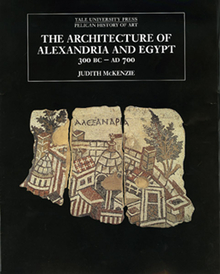Building After Auschwitz
WARNING
You are viewing an older version of the Yalebooks website. Please visit out new website with more updated information and a better user experience: https://www.yalebooks.com
Jewish Architecture and the Memory of the Holocaust
Gavriel D. Rosenfeld
The first major study to examine the rise to prominence of Jewish architects since 1945 and the connection of their work to the legacy of the Holocaust
Since the end of World War II, Jewish architects have risen to unprecedented international prominence. Whether as modernists, postmodernists, or deconstructivists, architects such as Peter Eisenman, Frank Gehry, Louis I. Kahn, Daniel Libeskind, Richard Meier, Moshe Safdie, Robert A.M. Stern, and Stanley Tigerman have made pivotal contributions to postwar architecture. They have also decisively shaped Jewish architectural history, as many of their designs are influenced by Jewish themes, ideas, and imagery. Building After Auschwitz is the first major study to examine the origins of this "new Jewish architecture."
Historian Gavriel D. Rosenfeld describes this cultural development as the result of important shifts in Jewish memory and identity since the Holocaust, and cites the rise of postmodernism, multiculturalism, and Holocaust consciousness as a catalyst. In showing how Jewish architects responded to the Nazi genocide in their work, Rosenfeld's study sheds new light on the evolution of Holocaust memory.
"The first and only attempt I know to explore both the idea of Jewish architecture and its contemporary practice, informed by questions of Holocaust memory, Jewish identity, and the various schools and movements of post-World War II architecture. . . . It makes a huge contribution to the fields of Jewish cultural studies and architectural history."—James E. Young, author of At Memory's Edge: After-images of the Holocaust in Contemporary Art and Architecture
“Unbelievable in breadth and depth, Building After Auschwitz is a page-turning primer on Jewish architectural identity in flux, as it sits uneasily between alienation and assimilation.”—Stanley Tigerman
"This thoughtful, scholarly study culminates years of research into and interviews with many of the most important Jewish architects of the past century . . . [Rosenfeld] gracefully addresses, both personally and professionally, the engrossing spread of 1920s German and Jewish critical theory, balancing assimilation and alienation."—P. Kaufman, Choice
Publication Date: November 29, 2011
25 color + 150 b/w illus.

